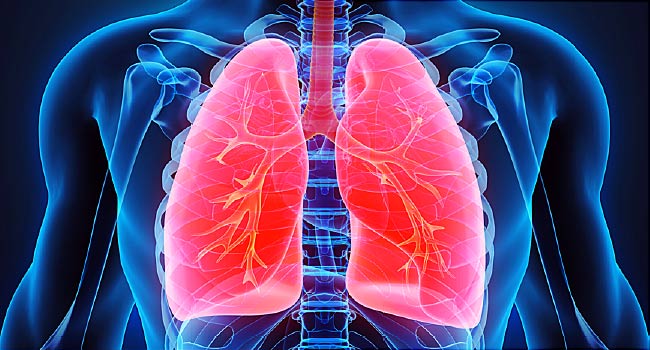A new study, published last week in the New England Journal of Medicine, obtained autopsy details from seven coronavirus patients, revealing some clues as to how the virus damages the lungs and eventually the blood vessels.
The study, which analyzed the autopsy details of seven COVID-19 patients who died from acute respiratory distress syndrome (ARDS), found three distinguishing characteristics of the novel coronavirus, which include:
- severe endothelial injury and disrupted endothelial cell membranes
- extensive vascular thrombosis with microangiopathy and occlusion of alveolar capillaries
- significant new vessel growth through a mechanism they refer to as intussusceptive angiogenesis
Study researcher and thoracic surgeon Dr. Steven Mentzer from Harvard Medical School, Boston, said, “I think the take-home message here is that this is a respiratory virus that causes vascular disease, and the damage to the blood vessels explains a lot of the systemic organ failure and death that we’ve seen in these patients.”
Dr. Mentzer and his team, including first author Dr. Maximilian Achermann from the University of Witten-Herdecke, Wuppertal, Germany, published the study findings.
“In particular, the endothelial damage we saw is an important observation that may explain a fair number of clinical observations,” Dr. Mentzer explained.
He noted that the lung damage caused by COVID-19 was much more extensive than the damage caused by influenza.
“It’s an exhaustive, focused look at a very small number of patients,” Dr. Mentzer said.
“For a variety of social and public health reasons, autopsies really are not common in COVID-19, so this was a unique resource and we did about 3 years of work in 2 months,” he added. The article originally appeared on Medscape.























